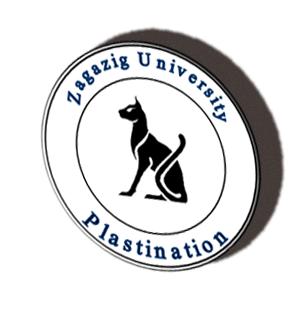Lecture 3
Clinical Anatomy of the Horse Digit Using
Plastinated Specimens
KÖNIG, H. E.,
PROBST, A., SORA, M.-C., BUDRAS, K.-D. and BÖCK, P.
Institute of Anatomy, Veterinary
Medicine University ,Vienna ,Austria ,Europa.
Summary
The progress of diagnostic imaging from x-ray radiographs to magnetic
resonance images established a new aspect in anatomy. Cross section anatomy
as part of topographic anatomy gains increasing importance for better
diagnostic interpretations with computed tomography and magnetic resonance
imaging.
10 toes from normal horses and 8 toes from horses suffered from chronic
laminitis were investigated. The cross section anatomy was documented with
S10 and E12 plastic-embedded slices. In 4 specimens red epoxy resin biodur
E12 was injected into the second common digital palmar artery before cuttig.
The plastic-embedded slices were compared with corresponding anatomical
sections and corrosion casts of blood vessels. Plastinated slices are
durable. Especially E12 plastic-embedded slices are transparent.
Histological sections enable the understanding of the microscopic morphology
and mechanical function of the “elastic layer between deep digital flexor
tendon and middle phalanx”. This elastic layer consists of thin disordered
collagenous fibres, interweaved with a remarkable number of elastic fibres
but without any tendinous tissue and no branch of the deep digital flexor
tendons.
The digital cushion plays a major role covering the very sensitive area of
the distal sesamoid bone, the deep digital flexor tendon, the podotrochlear
bursa and the coffin joint. Additionally, it has the size and structure to
perfectly reduce any force impact. The digital cushion consists of 40%
dense, irregular, connective tissue, 38% tissue with matrix rich of
hyaluronic acid, 17% elastic fibres and 5% fatty tissue. In foals, the pars
torica contained more fatty tissue than in adult horses.
The sesamoid distal impar ligament originated along the distal margin of the
navicular bone. The collateral sesamoid ligament. inserted along the
proximal margin of the navicular bone.Both ligaments and the dorsal branch
of the interosseus medius muscle have the function of a hammock, with
supports the podotrochlear apparatus, completing the suspensory apparatus of
the coffin bone.




